The beginnings of blood donation in the Red Cross date back to 1935, which was 83 years ago.
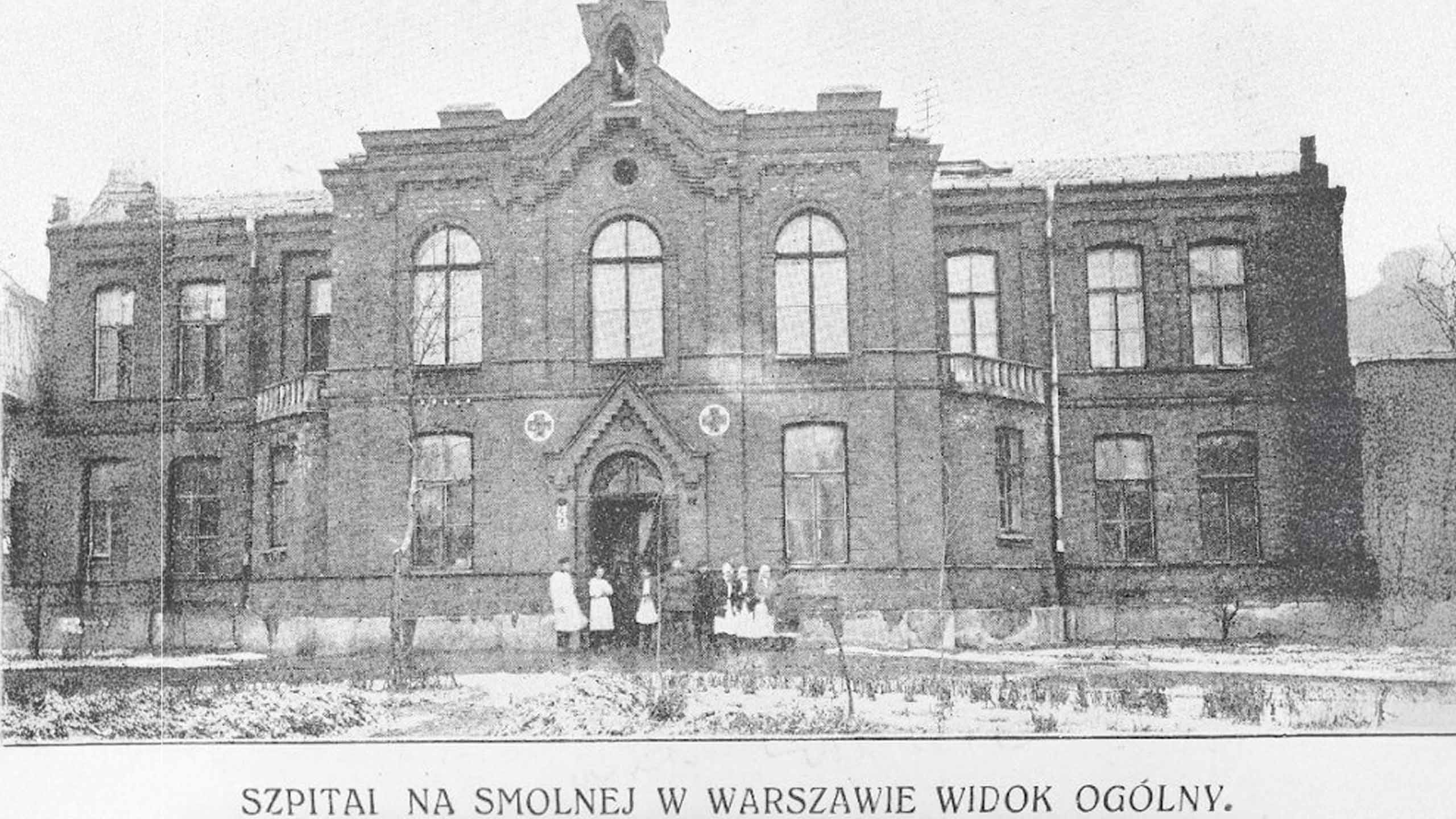
Blood donation was not initially a primary area of interest for the authorities of the Polish Red Cross (PCK). It was only in the 1930s, in the face of an impending war and the popularization of transfusiology, that voices began to call for the transfer of blood donation-related issues to the PCK. Experts in the field voiced the necessity of organizing centers for blood donors, pointing to the Polish Red Cross as the institution predestined for this task. The beginnings of blood donation issues in the PCK were marked not only by the organization of blood donor centers and blood collection but, above all, by research activities.
In 1935, the PCK began organized activities in the field of blood transfusion, including organizing courses for doctors and promoting blood donation. The first Blood Transfusion Institute in Poland was also established in 1935 under the leadership of Henryk Gnoiński, at the Main Hospital of the PCK in Warsaw.
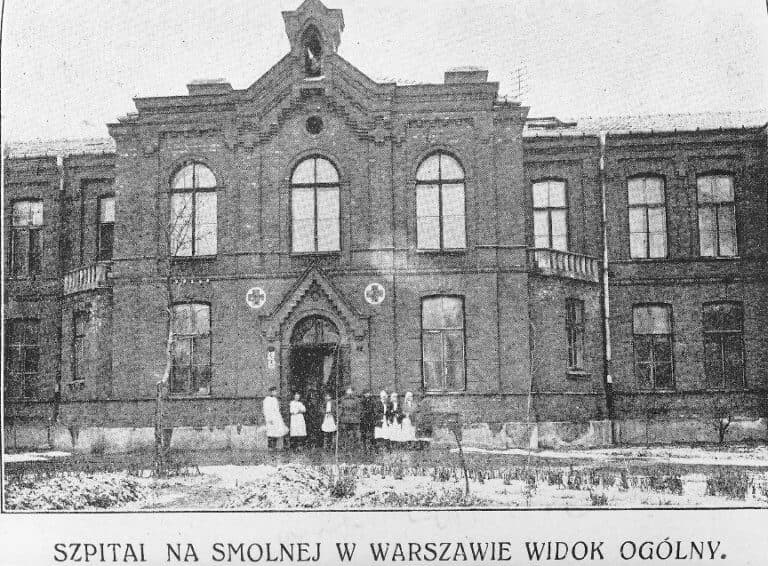
fot. Ze zbiorów ZG PCK
The Institute was located at Smolna Street 6, within a complex consisting of seven buildings. Three of them were occupied by the hospital (departments: surgical, gynecological, internal), two housed the PCK School of Nursing and the Blood Transfusion and Conservation Institute, while the others housed administration and technical support. The Main Hospital, the Nursing School, and the Blood Transfusion and Conservation Institute were directly subordinate to the PCK's Main Board. Research was conducted at the Institute on the preservation of blood and the regeneration of blood after significant losses and under the influence of fresh blood transfusions.
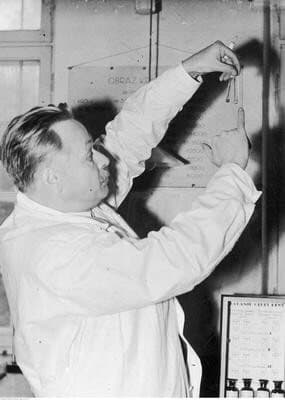
Źródło: NAC 1-C-877-1
The first Blood Transfusion and Conservation Institute in Poland (established by H. Gnoiński) was created thanks to the initiative and long-term efforts of Professor Bolesław Szarecki. At the time of the establishment of this unit, he was a member of the Main Board of the PCK. He had been interested in blood donation and blood transfusion since the 1920s. Szarecki's active participation in many discussions about organizing blood donation, as well as his knowledge of the development of global transfusiology, were influential and significant in Poland. Bolesław Szarecki was the sanitary chief of the PCK and, since 1937, the director of the Main Hospital of the PCK, so he had a significant impact on the cooperation between the Nursing School, the Main Hospital of the PCK, and the Blood Transfusion and Conservation Institute.
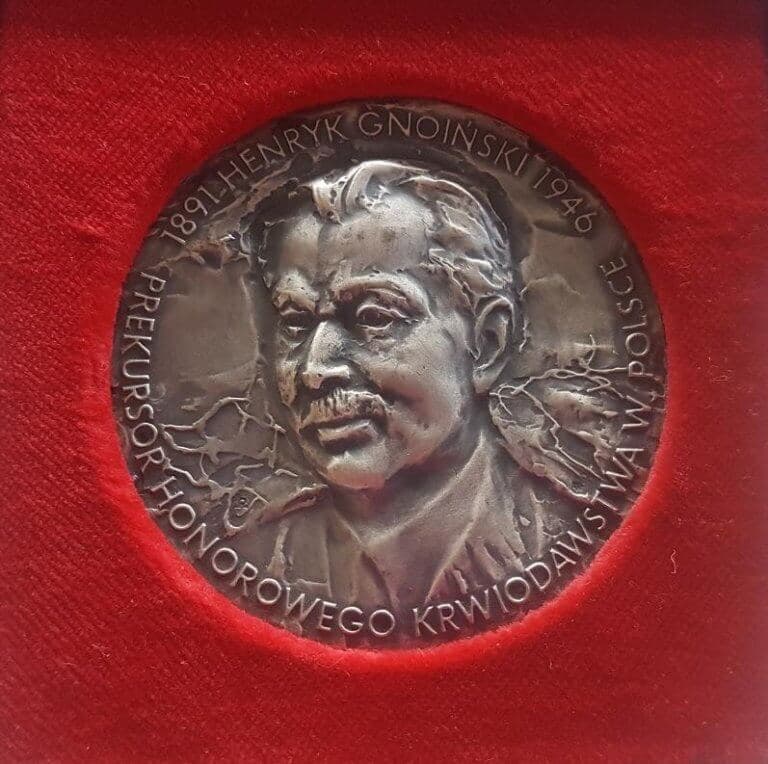
Henryk Gnoiński at the Blood Transfusion Institute conducted research on the regeneration of blood after significant losses and under the influence of fresh and preserved blood transfusions. At the II International Blood Transfusion Congress in Paris in 1937, he announced the results of his research on preserved blood, which aroused general interest. He also conducted classes for students at the University of Warsaw in the field of blood pathology. The PCK Institute quickly gained a good reputation and was regarded as one of the best institutions of its kind in Europe. Blood was preserved for both military and civilian medical needs. The Institute collaborated with the State Institute of Hygiene run by Ludwik Hirszfeld.
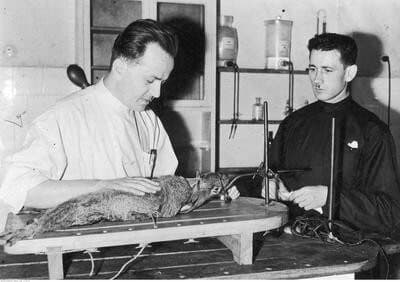
Źródło NAC 1-C-877-2
At the Institute, a Center for Professional Blood Donors who donated blood for payment and a Center for Honorary Blood Donors were established. In 1938, 140 liters of blood were collected from 812 members. The members of the Center were recruited from academic circles and volunteer women's organizations.
Alongside the PCK Institute, there was also the Trauma Institute established by doctor Tadeusz Sokołowski in 1935 in Warsaw, which worked on blood preservation. The Blood Transfusion and Conservation Institute of the PCK and the Trauma Institute were separate and competing entities. However, it was the Blood Transfusion and Conservation Institute, managed by the PCK, that had the opportunity to develop due to the financial and material resources of that organization and the efficient functioning of its structures, as well as support from the Polish authorities.
Another unit of a similar nature was the Central Accident Station with a Blood Transfusion Center in Łódź, established a year earlier. The aim of this institution was to provide assistance to those in need both at its headquarters and at the scene of an accident (in the factory). Henryk Gnoiński described the activities of this institution in a brochure on blood donation from 1938, calling it: the Accident Section of the PCK in Łódź; he also mentioned the Blood Transfusion Center operating under the accident section, which was responsible for performing transfusions, preparing, examining, and registering donors.
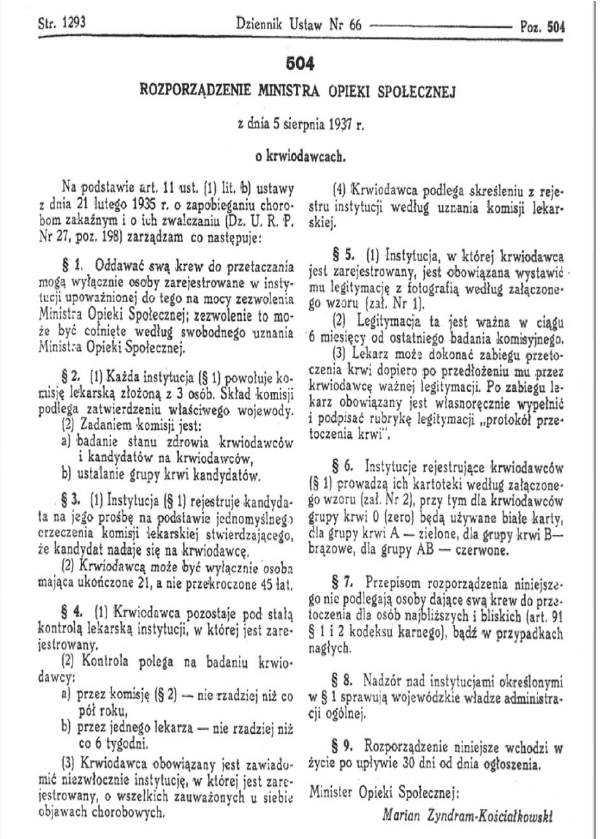
Evidence that blood donation was an increasingly important topic not only from a medical but also a social perspective is the Regulation of the Minister of Social Welfare from 1937 – the first Polish legal act regulating blood donation.
Facts about the Polish Red Cross
Only after the fourth request to the International Red Cross was the Polish Red Cross recognized on the international stage.
The beginnings of blood donation in the Red Cross date back to 1935, which took place 83 years ago.
If the borders of Poland had not been changed after World War II, the 100th anniversary of the Polish Red Cross (PCK) would have been celebrated with the Lviv, Volhynian, and Wilno branches, which are still active today but under the structures of different state associations.
The employees of the Polish Red Cross carried out the exhumation of Polish officers murdered in the Katyn Forest while also being responsible for creating the official Katyn Lists
The Red Cross movement and its foundations were the source for the establishment of sanitary services for wounded soldiers under the names Polish White Cross and Polish Green Cross.
Over the years, the rules for statutory financing of the PCK's activities have changed, as has our role and position within the state.
The PCK enjoyed immense public trust during the Second Polish Republic, and the most important figures in the state always spoke about our organization with the utmost respect.
To this day, in Tarnów, Małopolska, there is a nearly 100-year tradition of parades through the city organized on the occasion of the Polish Red Cross Week.
On February 8, 2018, it was 50 years since the establishment of the badge of the Honorable Blood Donor
On February 8, 2018, it marked 50 years since the establishment of the badge of the Meritorious Honorary Blood Donor
PCK never accepted any gratifications and did not support the Nazi authorities, thereby exposing itself to severe consequences.
The Polish Red Cross was the initiator of healthcare in rural areas during the interwar period and the establishment of the first village health centers.
PCK was involved in the construction of the Marshal Piłsudski Mound in Sowińca in Krakow in 1936
At the beginning of 1919, within the structures of the newly established Polish Red Cross Society, 3 District Branches of the PTCK were created: for Galicia, the Grand Duchy of Posen, and Silesia.
During its 100-year activity, the Polish Red Cross, the International Committee of the Red Cross, honored 102 Polish nurses associated with our organization with the Florence Nightingale Medal.
The Polish Red Cross was the organizer of parachuting courses
Did two Polish doctors working at the Red Cross hospital during World War II save more lives than Oskar Schindler?
There existed simultaneously the Polish Red Cross and the Polish White Cross, whose president was Helena Paderewska.
There was a time in the history of PCK when, legally, two or even three Main Boards of PCK operated simultaneously.
Help us endlessly
Thanks to the kindness and support of our Donors, we can help children, seniors, support medical rescuers, promote the idea of blood donation, and implement many other projects that save lives in times of conflict or humanitarian crises. Every donation and every form of support is significant because the Polish Red Cross connects those in need with those who want to provide help. Let’s help together!
You are currently viewing a page filtered by content from the department. Cała PolskaIf you want to view content from Cała Polskaclick the button